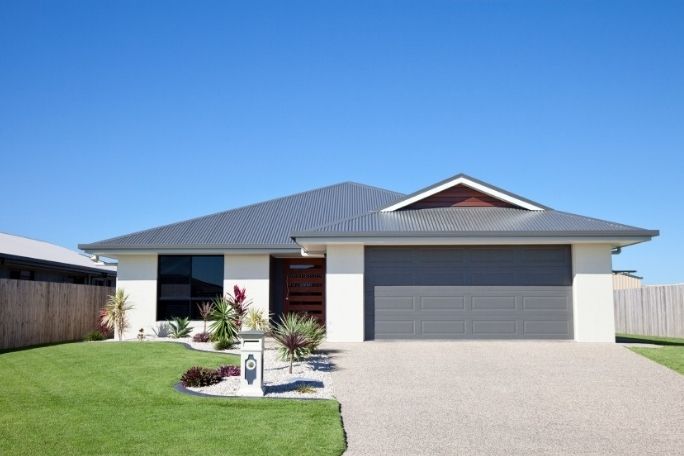Lesson summary
In this activity students will investigate the concept of embodied energy and why it should be considered when designing and building a house. Students will create a poster, infographic, PowerPoint or Prezi on this topic and present this to the class.
Learning intentions:
Students will...
- understand that different materials utilise different levels of energy in their production and transportation to building sites
- consider the use of high embodied energy materials and make informed decisions about there.
Lesson guides and printables
Lesson details
Curriculum mapping
Australian curriculum content descriptions:
Year 7 & 8 Design Technologies:
- Examine and prioritise competing factors including social, ethical and sustainability considerations in the development of technologies and designed solutions to meet community needs for preferred futures (ACTDEK029)
- Analyse how food and fibre are produced when designing managed environments and how these can become more sustainable (ACTDEK032)
Year 7 Science:
- Summarise data, from students’ own investigations and secondary sources, and use scientific understanding to identify relationships and draw conclusions (ACSIS130)
- Reflect on the method used to investigate a question or solve a problem, including evaluating the quality of the data collected, and identify improvements to the method (ACSIS131)
Year 8 Science:
- Summarise data, from students’ own investigations and secondary sources, and use scientific understanding to identify relationships and draw conclusions (ACSIS145)
- Reflect on the method used to investigate a question or solve a problem, including evaluating the quality of the data collected, and identify improvements to the method (ACSIS146)
Year 8 Mathematics:
- Choose appropriate units of measurement for area and volume and convert from one unit to another (ACMMG195)
Syllabus Outcomes: SC4-7WS, SC4-6WS, T4.1.2, T4.1.3, T4.4.1, T4.6.2, SC4-13ES.
Time required: 60 mins
Level of teacher scaffolding: Low – oversee activity.
Resources required
- Internet access
- Student worksheets
Additional info
This is an original Cool.org lesson. Facts and figures in these lessons may have changed since this lesson was published. We always endeavour to update our resources in a timely manner, but if you see an error or issue in our resources please get in touch with us.


Welcome back!
Don't have an account yet?
Log in with:
By signing up to Cool.org you consent and agree to Cool's privacy policy to
store, manage and process your personal information. To read more, please see
our privacy policy here(Opens in new tab).
Create your free Cool.org account.
Many of our resources are free, with an option to upgrade to Cool+ for premium content.
Already have an account?
Sign up with:
By signing up to Cool.org you consent and agree to Cool's privacy policy to
store, manage and process your personal information. To read more, please see
our privacy policy here(Opens in new tab).